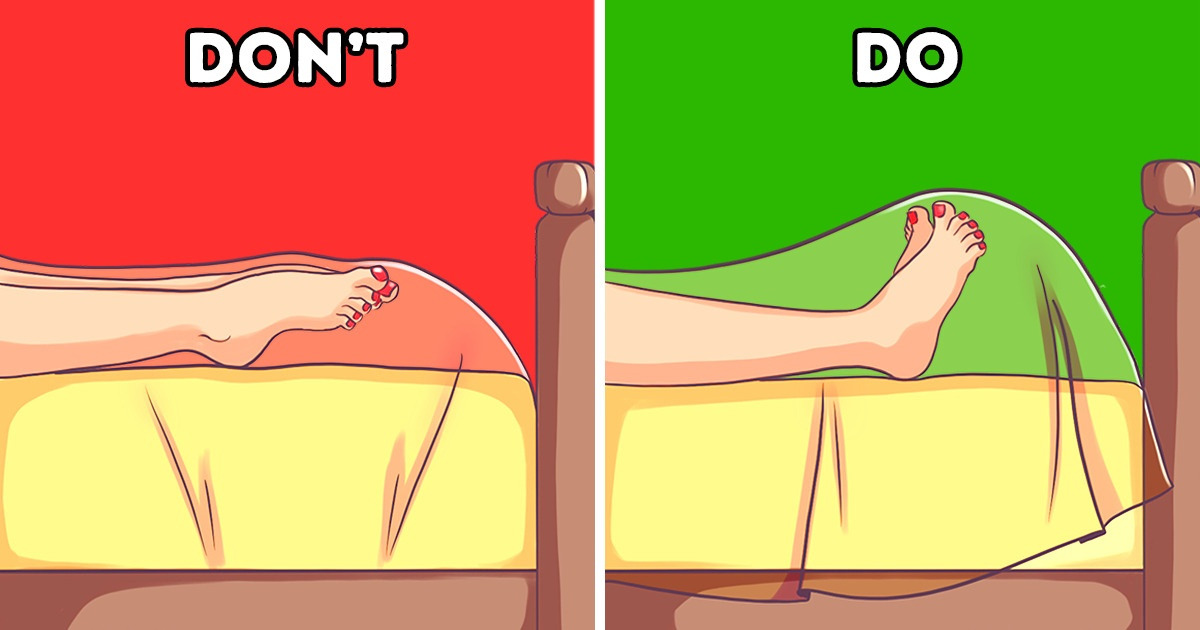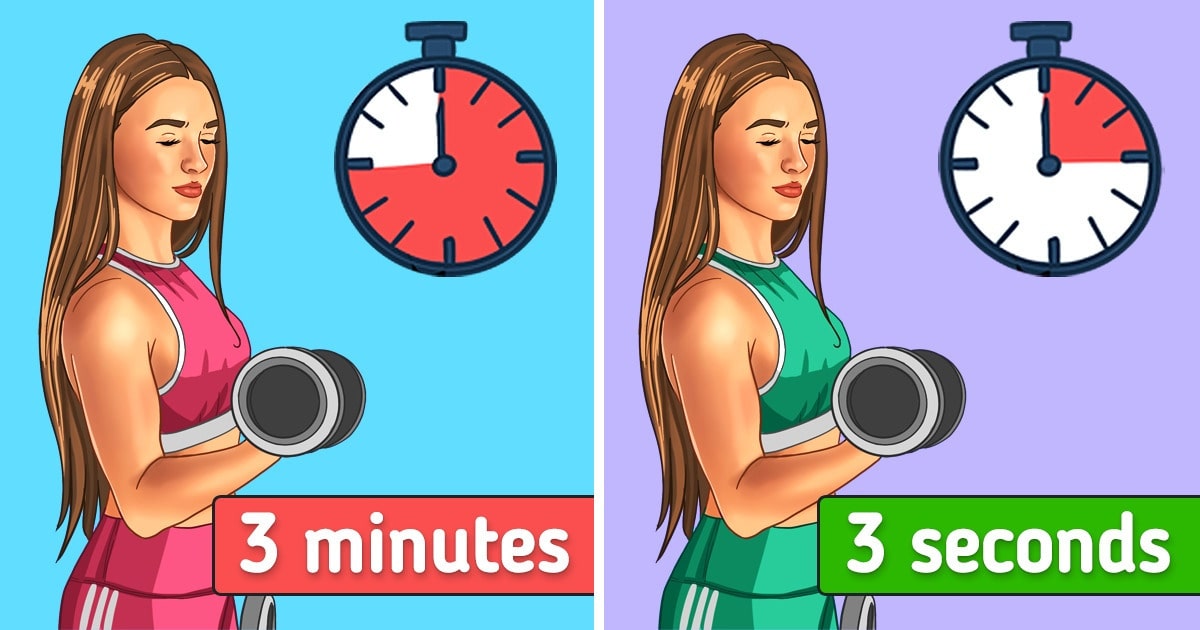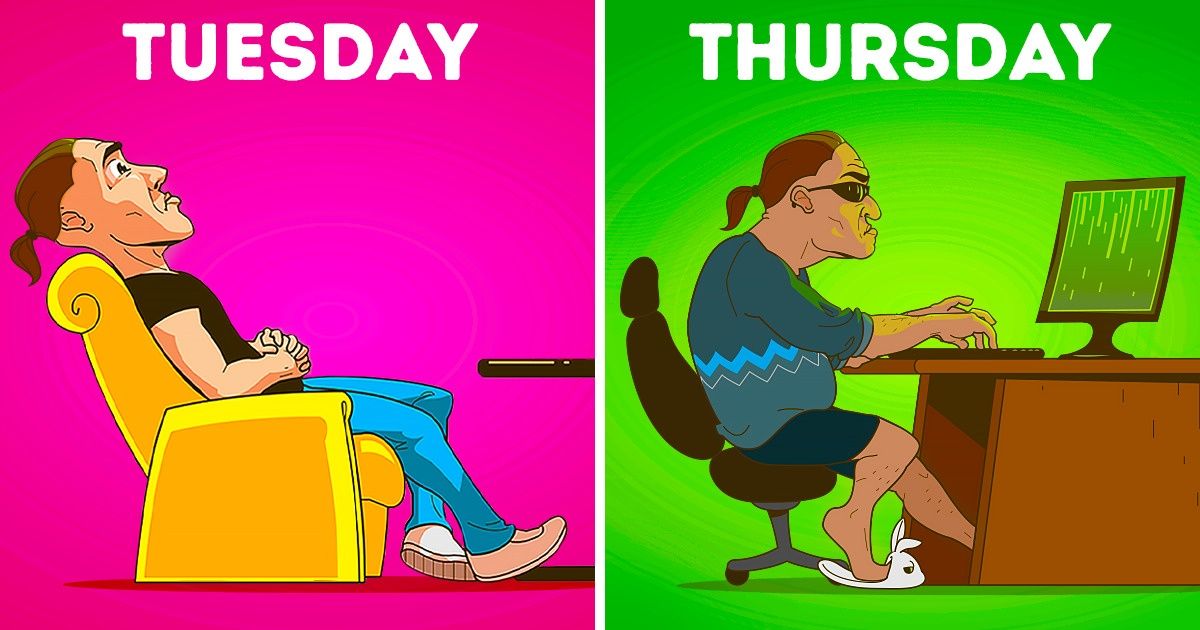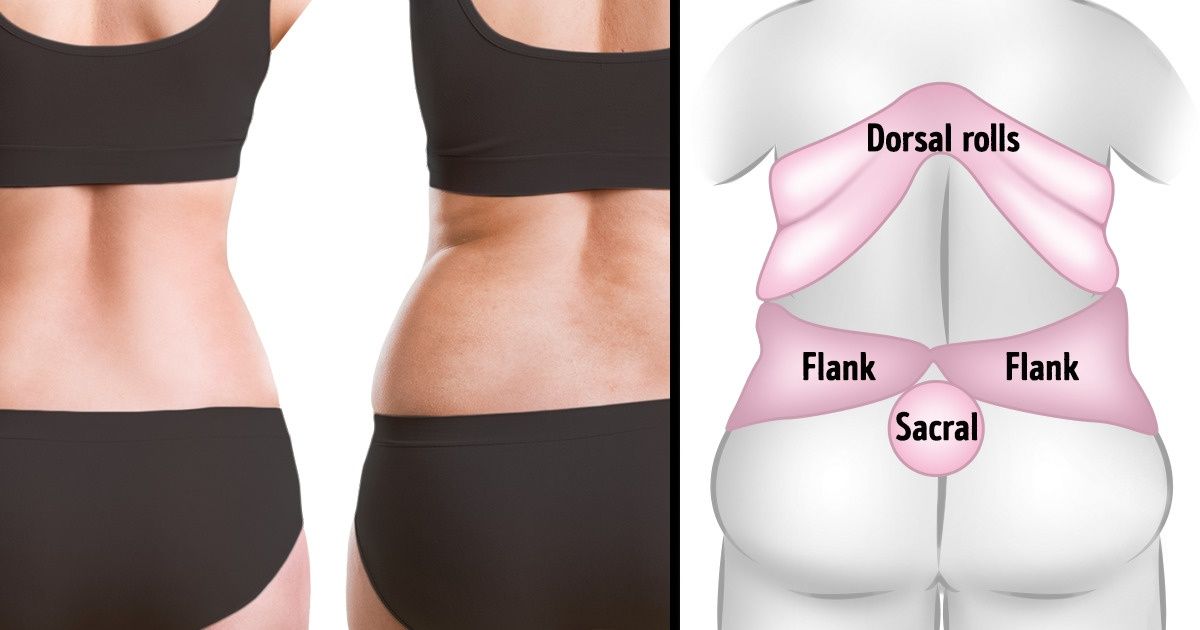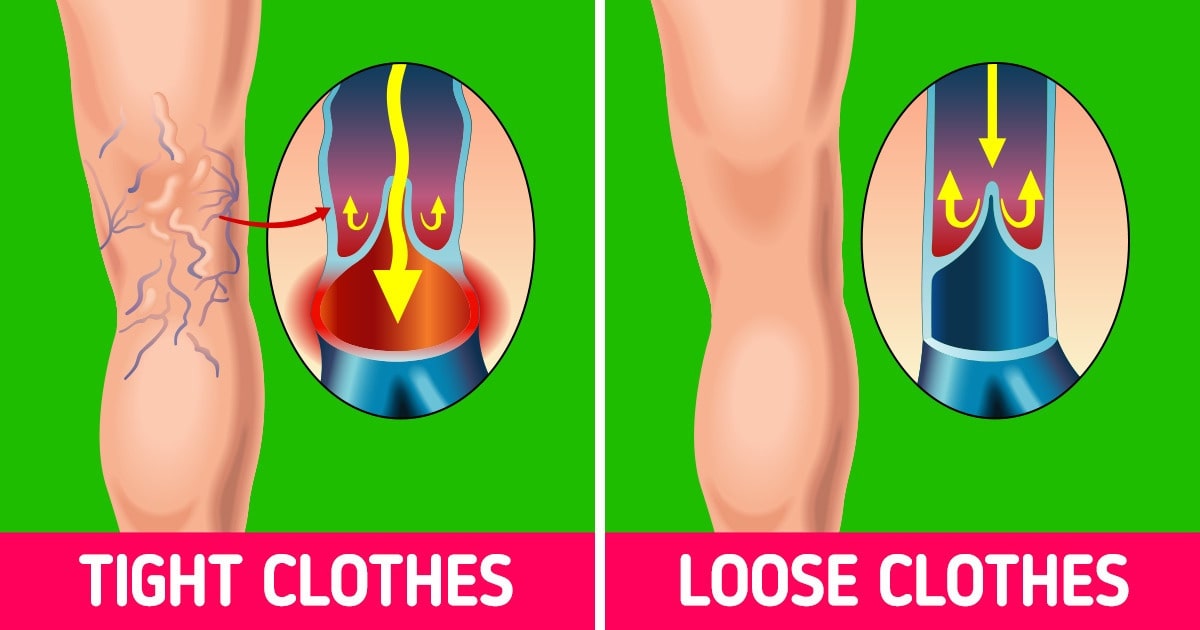Neck and back pain are among the most common complaints affecting millions of people worldwide. Whether caused by long hours at a desk, poor posture, or stress, these aches can significantly hinder your quality of life. Fortunately, there are natural, non-invasive ways to reduce pain and restore mobility without resorting to expensive treatments or medications. In this article, we explore seven effective strategies to free yourself from annoying pain in the neck and back. By following these expert-backed methods, you can take control of your health and create a sustainable routine for long-term relief.
Drawing on insights from reputable sources like Mayo Clinic and Healthline, we’ll delve into each method—from heat and ice therapy to ergonomic sleep habits—to help you understand how to implement these natural remedies in your daily life.
Heat and Ice Therapy for Instant Pain Relief

Heat and ice therapy are two of the most accessible and effective ways to manage pain naturally. Applying heat helps relax tense muscles, improves blood circulation, and soothes stiff joints. Conversely, ice therapy reduces inflammation and numbs sharp pain.
How It Works:
Heat Therapy: A warm compress or heating pad applied for 15–20 minutes can relax tight muscles and promote blood flow. This increased circulation aids in the delivery of oxygen and nutrients to the affected area, facilitating healing.
Ice Therapy: An ice pack wrapped in a cloth can reduce inflammation by constricting blood vessels. Use ice therapy immediately after an injury or during flare-ups of chronic pain for optimal results.
Tips for Using Heat and Ice Therapy:
- Alternate between heat and ice if you experience both stiffness and swelling.
- Ensure you protect your skin by wrapping the heat or ice source in a cloth before applying it.
- Consult a professional if pain persists, as ongoing discomfort might indicate an underlying condition.
For more detailed information on heat and ice therapy, visit Mayo Clinic’s guide on pain management.
Gentle Massage Techniques to Soothe Tense Muscles

Gentle massage is a time-tested method to alleviate muscle tension and relieve neck and back pain. Massaging the affected area helps relax tight muscles, improve circulation, and reduce stress—a key contributor to pain.
Benefits of Massage for Neck and Back Pain:
Increased Blood Flow: Massaging the muscles improves circulation, which helps remove toxins and deliver nutrients essential for repair.
Reduced Muscle Tension: A gentle massage can break down adhesions and relieve the knots that develop from overuse or stress.
Stress Relief: Besides physical benefits, massage helps lower cortisol levels, contributing to overall relaxation and well-being.
DIY Massage Techniques:
- Use your fingers or a foam roller to gently massage the areas around your neck and upper back.
- Consider using essential oils like lavender or peppermint diluted in a carrier oil for an enhanced therapeutic effect.
- Alternatively, invest in a handheld massager or visit a professional massage therapist for deeper tissue work.
For further insights into the benefits of massage therapy, check out Healthline’s overview of massage for pain relief.
Stay Hydrated: How Water Affects Inflammation and Pain

Staying well-hydrated is a fundamental yet often overlooked aspect of managing pain. Water is crucial for maintaining healthy spinal discs, muscle function, and overall cellular hydration—all of which can influence pain levels in your neck and back.
Why Hydration Matters:
Reduced Inflammation: Proper hydration helps maintain the balance of bodily fluids, reducing inflammation that can exacerbate pain.
Enhanced Muscle Function: Water ensures that your muscles remain supple and less prone to cramps and spasms.
Improved Nutrient Delivery: Adequate hydration aids in the transport of nutrients and oxygen to cells, promoting healing and recovery.
Practical Hydration Tips:
- Aim to drink at least eight 8-ounce glasses of water daily. Increase your intake if you exercise or are exposed to high temperatures.
- Infuse your water with slices of lemon, cucumber, or mint to make hydration more enjoyable and add extra antioxidants to your diet.
- Monitor your hydration levels by observing the color of your urine—it should be a light, pale yellow.
For additional information on hydration and its impact on pain, visit WebMD’s hydration and health resource.
Safe Exercise and Stretching Routines for Neck and Back Pain
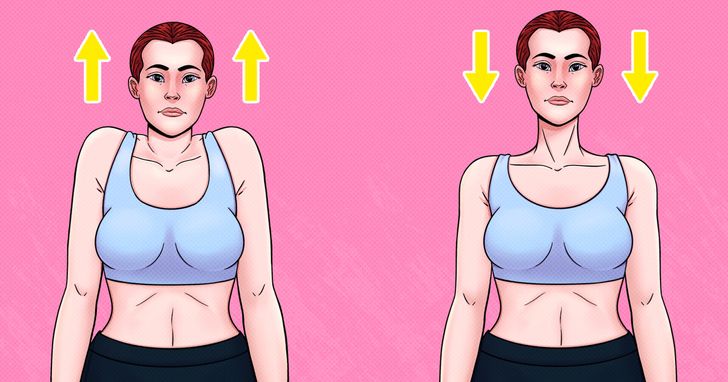
Regular exercise is vital for maintaining a strong, flexible spine, yet it’s crucial to start slowly and avoid overexertion. Exercise not only strengthens your muscles but also improves your posture and reduces stress levels. However, it is important to know when to start exercising—immediately engaging in strenuous activity after an injury might worsen your condition.
Effective Exercises for Neck and Back Pain:
Low-Impact Aerobic Exercise: Activities like walking, swimming, or cycling can enhance cardiovascular health without putting undue stress on your neck and back.
Strengthening Exercises: Focus on core-strengthening workouts that support your back, such as planks and gentle yoga poses.
Stretching Routines: Incorporate gentle stretches that target the neck and upper back. Simple stretches can relieve tension and improve range of motion.
When to Exercise:
- Begin with mild exercises and gradually increase intensity. Avoid exercising immediately if you experience acute pain; instead, allow your body time to recover.
- Consult with a physical therapist or healthcare provider to design a tailored exercise program that suits your specific needs.
For more guidance on safe exercise routines for pain management, refer to Healthline’s exercise tips for back pain.
The Ultimate Pillow Check: Ergonomic Sleep for a Pain-Free Neck and Back
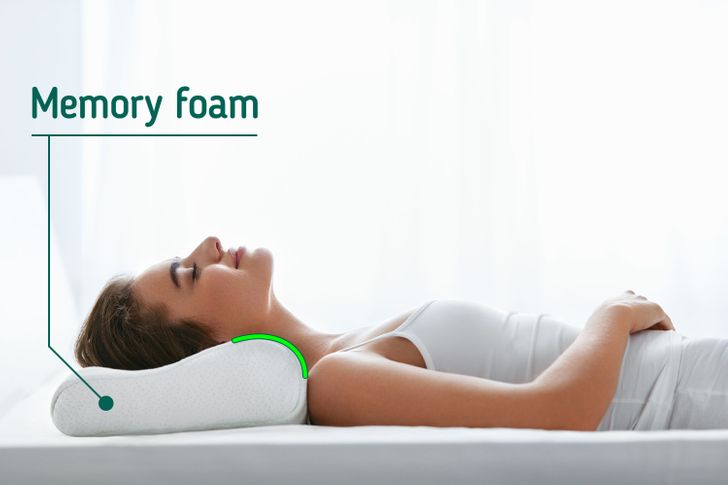
Your sleeping habits play a crucial role in how your neck and back feel throughout the day. A proper pillow can help maintain the natural curve of your spine, ensuring that you wake up refreshed and free from pain.
Choosing the Right Pillow:
Neck Support: A pillow that offers adequate support for your neck can prevent strain and misalignment. Memory foam or ergonomic pillows are popular choices for this reason.
Sleep Position: Your sleep position matters. For side sleepers, a thicker pillow is often required, while back sleepers might benefit from a medium-firm pillow to support the neck without forcing it forward.
Regular Replacement: Over time, pillows lose their shape and effectiveness. Replace your pillow every 1–2 years to maintain proper support.
Additional Ergonomic Sleep Tips:
- Maintain a neutral sleeping position by aligning your head, neck, and spine.
- Use additional supports, like a body pillow, to keep your spine in alignment if you have chronic pain issues.
For more in-depth advice on choosing the right pillow and sleep ergonomics, explore Mayo Clinic’s sleep tips for pain relief.
Relaxation Techniques: Lay Down, Unwind, and Reset
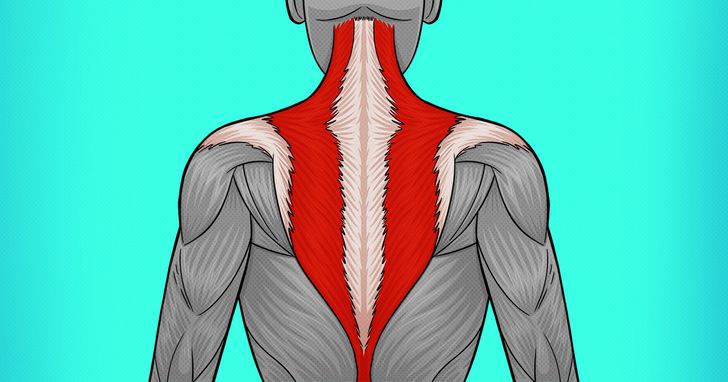
Chronic neck and back pain are often compounded by stress. Relaxation techniques not only reduce muscle tension but also enhance overall well-being. Learning to relax and let go of daily stressors can have a profound impact on your pain levels.
Effective Relaxation Strategies:
Deep Breathing: Practice deep, diaphragmatic breathing to calm your nervous system and reduce stress-related muscle tension.
Progressive Muscle Relaxation: This technique involves tensing and then slowly relaxing each muscle group, helping to release built-up tension.
Mindfulness and Meditation: Regular meditation can help manage stress and create a mental space that promotes healing. Even a few minutes a day can make a significant difference.
Tips for Incorporating Relaxation into Your Routine:
- Set aside 10–15 minutes each day for a relaxation session. Use guided meditation apps or online videos for support.
- Create a quiet, comfortable space at home dedicated to relaxation and self-care.
- Combine relaxation with gentle stretching to maximize the benefits for your neck and back.
For further insights on relaxation techniques and their benefits, visit WebMD’s guide on stress management.
Future-Proof Your Health: Long-Term Strategies for a Pain-Free Life

While immediate relief is important, adopting long-term strategies is essential for preventing recurring neck and back pain. Thinking about the future and taking proactive steps can help you maintain a healthy spine and overall body wellness.
Long-Term Health Strategies:
Ergonomic Adjustments: Ensure that your workspace is set up ergonomically. Use adjustable chairs, standing desks, and monitor risers to reduce strain on your neck and back.
Regular Exercise and Stretching: Incorporate a balanced exercise routine that includes strength training, flexibility exercises, and cardiovascular workouts. Consistency is key to preventing future pain.
Weight Management: Maintaining a healthy weight can reduce the strain on your spine and joints, minimizing the risk of chronic pain.
Healthy Lifestyle Choices: A balanced diet rich in anti-inflammatory foods, adequate hydration, and proper sleep are all essential components of long-term pain management.
Planning Ahead:
Schedule regular check-ups with your healthcare provider or a physical therapist to monitor your spinal health.
Consider preventive measures such as yoga or Pilates, which have been shown to improve posture and reduce pain.
Stay informed about the latest ergonomic and wellness trends by following reputable sources like Harvard Health Publishing.
By incorporating these long-term strategies into your daily life, you can significantly reduce the likelihood of future neck and back pain, paving the way for a healthier, more active lifestyle.
Conclusion: Taking Charge of Your Neck and Back Health
Neck and back pain can be debilitating, but with the right strategies, you can regain control of your health and enjoy a pain-free life. By utilizing natural remedies such as heat and ice therapy, gentle massage, proper hydration, safe exercise routines, ergonomic sleep practices, and relaxation techniques, you’re taking a proactive step toward lasting relief. Remember, long-term pain prevention is not just about quick fixes—it’s about making sustainable lifestyle changes that support your body’s overall well-being.
Implementing these seven proven methods can lead to gradual improvements in your posture, mobility, and quality of life. Consistency and mindfulness are crucial—listen to your body, adjust your routines as needed, and don’t hesitate to consult a healthcare professional if your pain persists.
Embrace these natural solutions and make a commitment today to invest in your future health. For further reading and expert advice on managing neck and back pain, explore reputable resources such as Mayo Clinic and Healthline.
Take the first step toward a healthier, pain-free life by incorporating these strategies into your daily routine. With time, patience, and consistency, you can free yourself from the grip of chronic neck and back pain and look forward to a more active and vibrant future.

